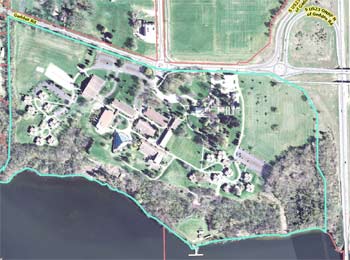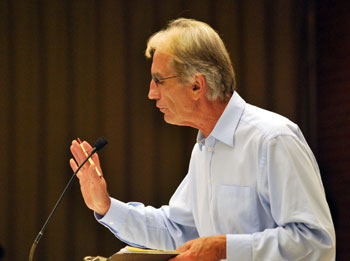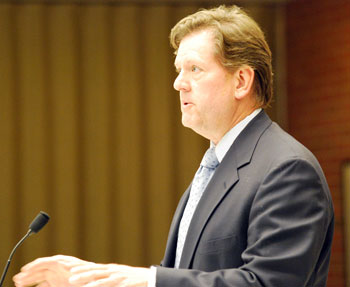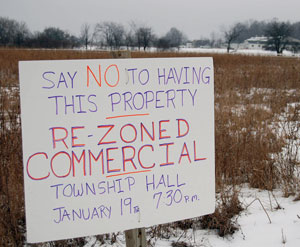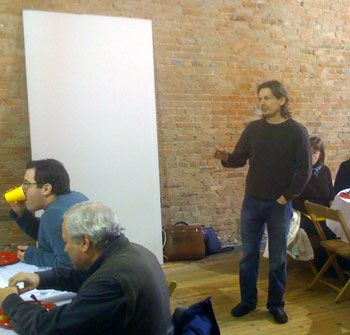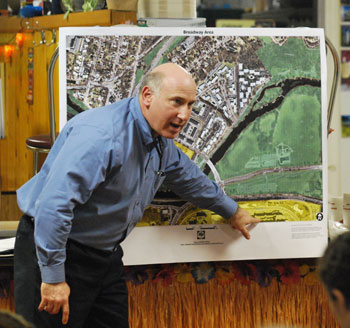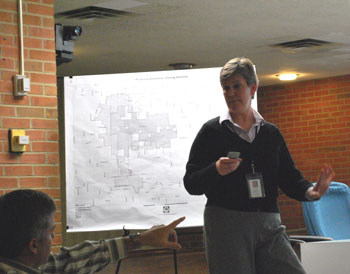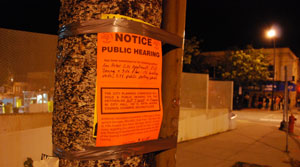New Citizen Participation Tools Reviewed
Ann Arbor planning commission working session (Aug. 12, 2014): Planning commissioners gave feedback on new guides that staff have developed for residents and developers, aimed at improving communication about proposed development projects.
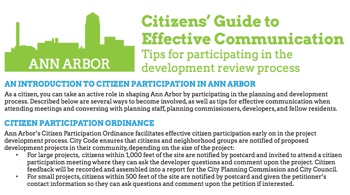
Excerpt from a draft guide being developed by the city’s planning staff. It was reviewed at the planning commission’s Aug. 12 working session.
The “Citizens’ Guide to Effective Communication” and “Developers’ Guide to Leading Effective Citizen Participation Meetings” were drafted by planning staff, based in part on suggestions from the planning commission’s citizen outreach committee.
Two other outreach documents were reviewed at the Aug. 12 working session – a guide to the city’s site plan review process, and a template for postcard notifications of citizen participation meetings.
In addition to giving feedback on those draft documents and how they might be distributed, commissioners discussed how to improve the effectiveness of mandatory citizen participation meetings and the reports that developers must provide based on those meetings.
The citizen participation meetings are held for all major projects, a requirement that’s been in place since the city council enacted a citizen participation ordinance in 2008. An evaluation of that ordinance was supposed to have been done five years ago. However, there had been a lull in development soon after the ordinance was passed. Planning manager Wendy Rampson told commissioners that now there have been a sufficient number of projects to evaluate, and to possibly make some thoughtful changes to the code. [Full Story]




